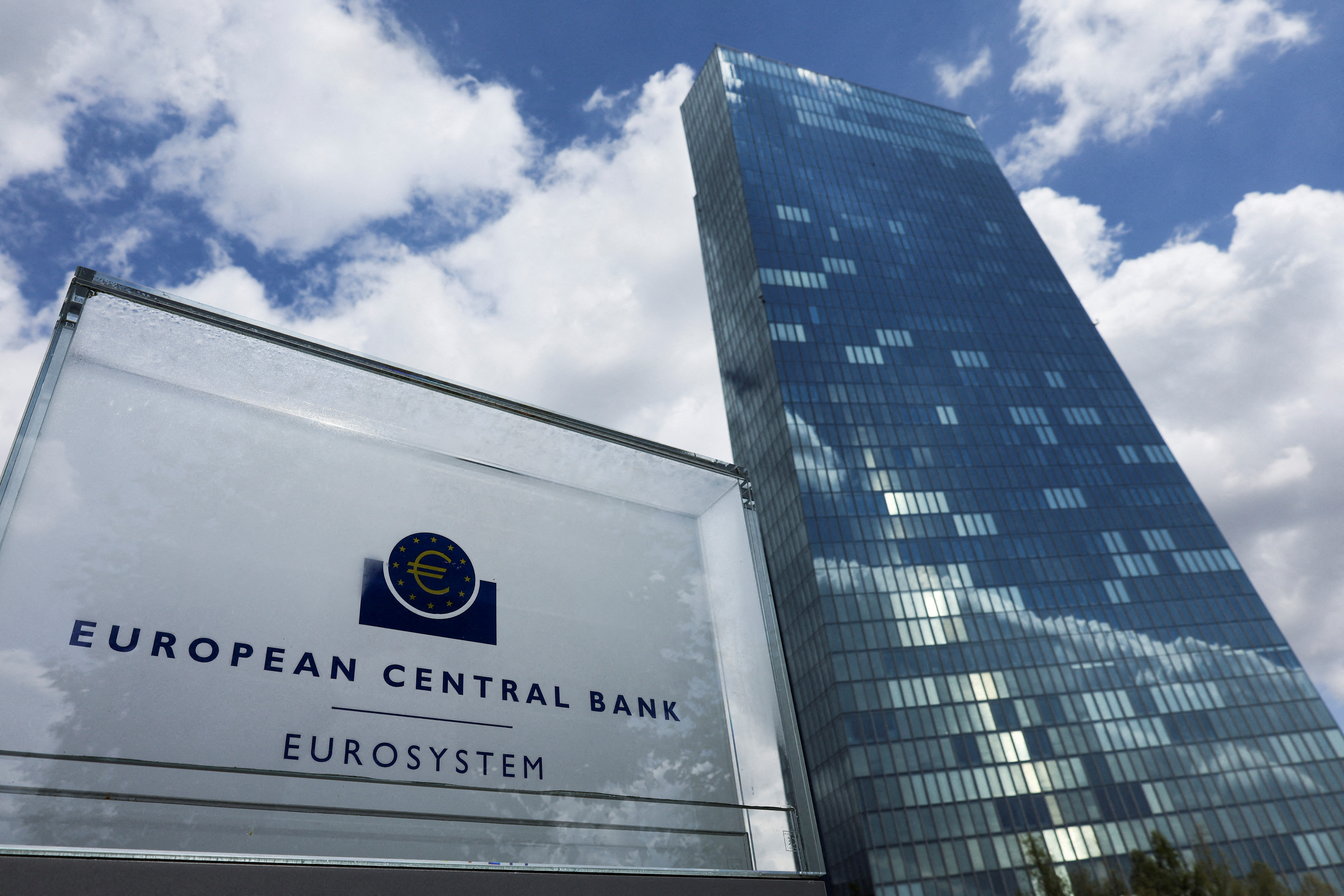By Maria Demertzis
In its spring 2023 inflation forecasts, issued on May 15, the European Commission predicted that euro-area inflation this year will be 5.8 per cent, a little higher than anticipated in the winter. According to the European Central Bank, euro-area food prices in April were 15 per cent higher than in April 2022. With euro-area inflation at 8.4 per cent in 2022, €100 in 2021 is only €86-worth in 2023. It is understandable that the public is impatient with the level of prices it faces every day.
For most of 2022, the ECB hesitated to deal with inflation, arguing that it was caused mostly by energy and therefore its policies could not deal with that problem. The bet in the first quarter of 2022 was that the war in Ukraine would be short-lived, energy prices would stabilise quickly and therefore inflation would also return quickly to pre-war levels. The ECB was unprepared for the possibility of a long war and an increasingly fragmented international financial system.
It is not that the ECB got the future wrong. With uncertainty as high as it is, it is unlikely that anyone can accurately forecast the future even one year ahead. However, the ECB put, and continues to put, too much emphasis on the past as a way of understanding the future.
This can be seen in the ECB’s emphasis on data dependency. For example, Isabel Schnabel, ECB executive board member, said on 24 April that ECB decisions would be “strictly data-dependent… it’s clear that further hikes are needed … but the size of the rate hikes is going to depend on the incoming data.” To be fair, the US Fed is also following this approach. Chair Powell stated on 8 October 2019, that “at the Fed, we like to say that monetary policy is data dependent.” But what information coming in during October 2019 would possibly have been useful in preparing for 2020, the year when the pandemic hit?
Long lags
Monetary policy operates with long time-lags of almost two years. Information coming in today simply explains how some of the policies applied two years ago have worked themselves into the economy. Such information does not tell us what will happen next or how to design policy today. And the greater the level of uncertainty, the less the past – and its data – is a good predictor of the future.
In March 2022, just after Russia invaded Ukraine and inflation was running at 7.5 per cent (with core inflation, the rate without volatile components like energy, was almost 3 per cent) policy should have attempted to evaluate what was coming, not what had been. What types of indications, beyond data, could have helped shape policy differently? A few things on the radar would have given a good indication that inflation would not be short-lived.
First, there was the fiscal stimulus that we knew would come. It turns out that since September 2021, EU governments have allocated to support households and businesses in the face of energy bill hikes. This is equivalent in size to EU economic recovery funding put in place at the start of the pandemic. Furthermore, military expenditures would have to increase, and funds would have had to be found to provide military and humanitarian aid to Ukraine and to all the Ukrainians fleeing war. All this amounts to a huge fiscal stimulus that would do nothing to tame inflationary pressures.
Second, by the end of May 2022, EU countries were clear that they would not stop (sanction) Russian energy imports in order to not jeopardise covering their energy needs. This would necessarily put pressure on energy prices and therefore sustain high prices for longer.
Last, while second-round effects in the form of wage increases were not immediately visible, the risk of these happening would rise day by day.
It took the ECB until September 2022 for the policy rate to turn positive, when euro-area inflation was at almost 10 per cent and core inflation at almost 5 per cent.
That was then. What about now?
Energy prices are now down to pre-war levels. Wages and profits are now the main contributors to inflation. Having been too late to start increasing interest rates, the ECB is not likely to stop until it sees inflation reductions in the data. In other words, it is about to make the same mistake and exit late, by which point the EU’s recovery will have been compromised.
Measuring success based on how well one was prepared for the past is a very poor standard to hold oneself to. A policy, resilient against uncertainty, does not try to forecast the future. Rather, it aims to apply policies that will achieve satisfactory results for the widest spectrum of possibilities.
Maria Demertzis is a Senior fellow at Bruegel and part-time Professor of Economic Policy at the School of Transnational Governance at the European University Institute in Florence. The article is published by Bruegel and is also posted on the blog of the Cyprus Economic Society.







Click here to change your cookie preferences